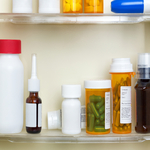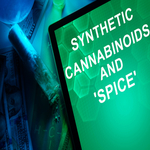Harmony Foundation would like to wish everyone in recovery a Happy New Year. We hope that everyone made it through the conclusion of the holiday season without picking up a drink or drug – a noteworthy accomplishment to say the least. Arguably, more alcohol is consumed on New Year’s Eve than any other day of the year and it can be difficult to resist the temptations all around.
We hope that everyone took a moment to think about how far you have come in recovery, even if you have only been clean and sober for a short period of time. Everyday sober is a blessing, and is another day of working towards a productive future. On the 1st of the year, it is always wise to reflect upon the people and things in your life for which you are grateful. Even if it is a short list, it will probably consist of more than before you got sober. Living from a place of gratitude is conducive to continue, long term recovery; a goal which every recovering addict and alcoholic strives to achieve – one day at a time.
If you happen to still be active in your addiction, perhaps recovery is a New Year’s resolution you have set for yourself. We would like you to know that breaking the cycle of addiction is possible, and worth it. The holidays can serve as a litmus test, showing you all the people and things that addiction has taken from you. Let 2016 be the year where you start working towards living a life free from drugs and alcohol, and in doing so you will begin to repair the damage of your past. What better time than now, why not start the new year on a sober footing?
While some addicts and alcoholics can begin to recover in the rooms of Alcoholics Anonymous or Narcotics Anonymous from the beginning, others may need extra assistance in starting the process, such as medical detoxification and a safe place away from the ever looming, omnipresent temptations. Long-term residential treatment can provide the setting which will ensure a greater chance of success.
At Harmony Foundation, we can help you begin the journey of recovery. Our affordable, residential addiction treatment program located in the beautiful Rocky Mountains is the perfect environment to start the process of turning your life around. If you or a loved one needs assistance, please contact us as soon as possible.







